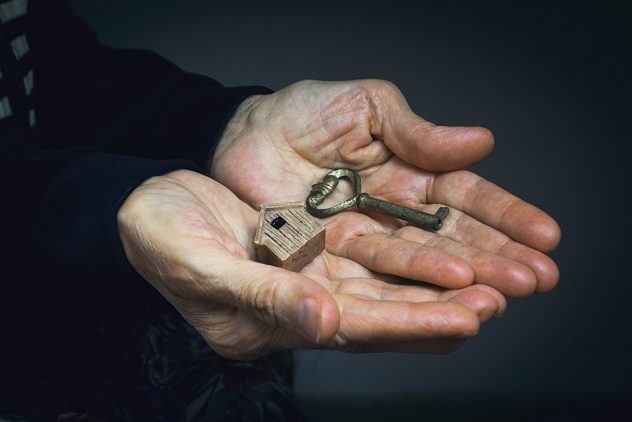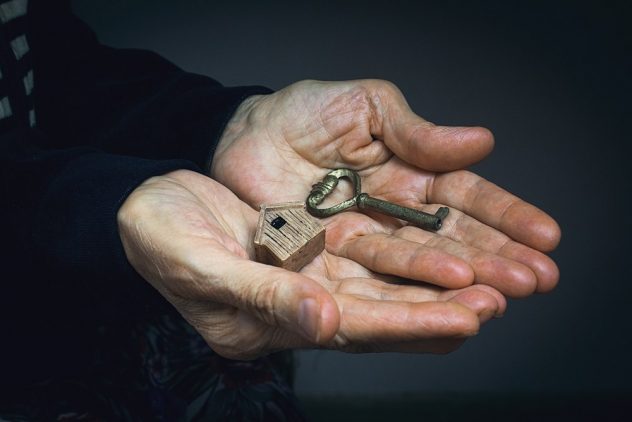
Property is among the most common assets that can be passed to family members or friends in a will.
Of course, many individuals choose to retain the home they have inherited, either moving in completely or using it as a second property to holiday in or rent out.
 However, for others, the maintenance and tax payments required – or often simply the memories the property brings up – are a little too much to handle.
However, for others, the maintenance and tax payments required – or often simply the memories the property brings up – are a little too much to handle.
Otherwise, the property may not fit in with the recipient’s lifestyle. Many recipients are based too far away to be able to make use of the property they have inherited, for example.
Whatever the reason, if you are considering selling a home that has been passed down to you, you’ll probably want to achieve a good profit. In this article, the team at Property Solvers – authors of the guide to selling an inherited property – will explain how to do this.
Bring it up to date
It’s important to think about how much time and money you’re planning on investing in an inherited property before you sell it. If you budget carefully, you can make some major changes that will significantly increase the value of your property.
A worn or lived-in property often feels comfortable and nostalgic for those who know it well. However, to ensure it fetches a good price on the property market, it may require a little sprucing up.
Old wallpaper and carpets can be replaced. It’s worth investigating what the original flooring is like underneath, as it was popular to cover floorboards with carpet in previous decades. Nowadays, hardwood is all the rage.
As per current trends, solid paint colours are generally preferred over heavily patterned wallpaper – though this is not always the case! Do some research into this year’s top colours and styles for a little inspiration.
Consider additions and changes
Is there a back garden? Think about how you can improve that space and how its relationship with the house might be changed. If there is no direct connection between the two, could you afford to put in a back door? What about a patio?
If there is no outdoor space, you may find that there is opportunity to purchase a little land from neighbours. This will enable you to increase your asking price without spending too much yourself.
Changing certain elements of a property can also add to its value. If there is an office space, this could be converted into an extra bedroom. A downstairs storeroom could become a second toilet.
Deep clean
If you have a smaller budget or little time to spare, there are other very effective ways of ensuring your inherited house sells for a good price.
The first is to thoroughly clean the property, making everything look as fresh as possible. Remove clutter, including dated furniture and broken or dirty items, to offer buyers a blank canvas.
If you have a garden, try to keep grass neat and short, remove weeds and prune shrubs and hedges. Clear any rubbish and debris away.
Good pictures
The images that are used to represent your property should show it in its best light, whether you go through an estate agent or any other route.
Some home sales professionals have their own go-to photographer, but you can almost always choose to provide the pictures yourself.
If you choose to do this, make sure the property is as clean and clutter free as possible before you begin.
Don’t use any fancy lenses or filters – house hunters want to get a clear impression of what your property is really like. Choose a bright, clear day and open all curtains, blinds and doors to get a great flow of natural light, as this will help the house to look its best.
Make sure every image you capture is clear and sharp, and that they are all the same size and orientation.
Take photos from a position that makes the room look large – for example, standing with your back to a corner and taking a picture while aiming at the opposite corner can create a sense of distance.
It’s important to include pictures of all rooms and connecting spaces if you possibly can, and try to ensure that they are uploaded in sequential order. This will help prospective buyers to get to know the layout before they visit.
You should definitely add a flattering picture of the facade of your property (including a small amount of the street outside) and the best view from one of the upstairs windows.
Great pictures will help to convince buyers that your property is worth the price you’re asking. Because of this, you’re less likely to receive low offers.
Draw attention to the property’s best features
Does the house you’ve inherited have some interesting history or characterful features? Don’t hide them – show them in your images and make sure they’re mentioned in the sales brochure.
It’s also vital to notify potential buyers if the house is close to local schools, public transport networks, parks, beauty spots, shops or other amenities and features.
Be organised
Last but not least, be ready and willing to accept viewers at any time and respond quickly to any requests made by the home selling specialists or solicitors you’re using. If you take this approach, the process is likely to be completed quickly – without any holdups.
This approach will dissuade prospective buyers from dragging their feet, and may encourage them to make an offer quickly. If they do, be sure to complete all tasks required of you as quickly and comprehensively as you can.
This means that there will be less opportunity for a sale to fall through. Dawdling and failing to provide full information may lead to buyers losing interest and dropping out.
The longer your house stays on the market, the more pressure there will be on you to drop the asking price or accept a lower offer.
















